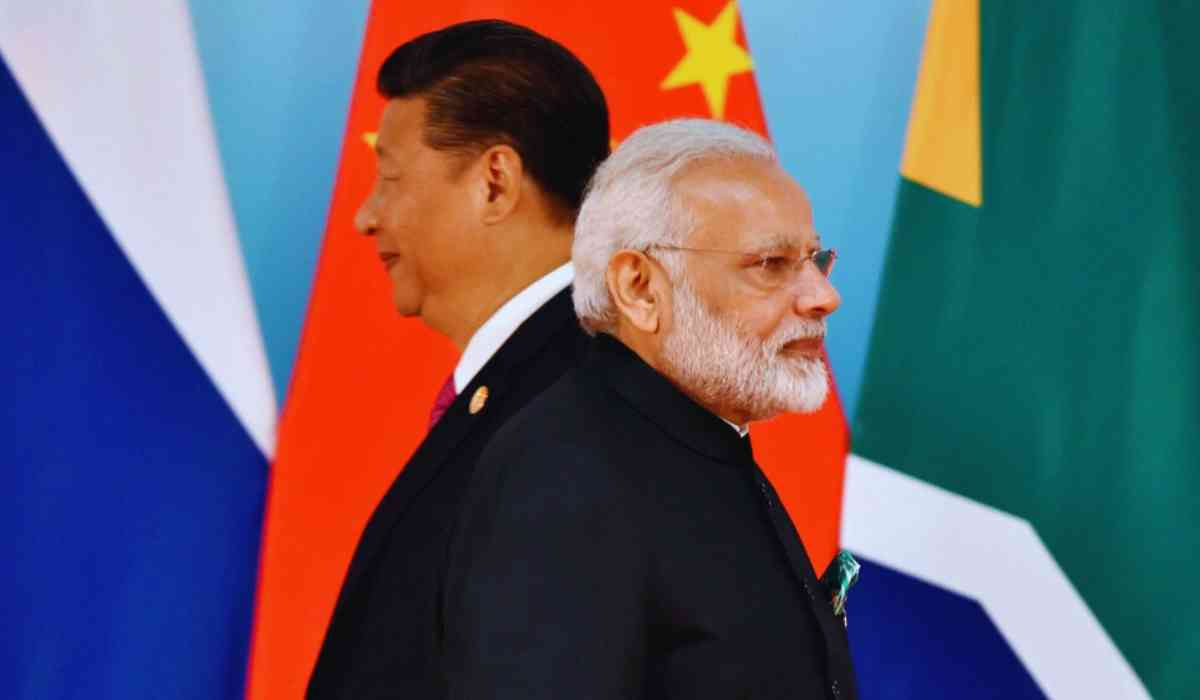China has set an ambitious economic growth target of 5% for 2025, signaling its commitment to navigating global challenges while maintaining its position as one of the fastest-growing major economies. This decision, announced during the National People's Congress, comes amid a complex global environment marked by trade tensions, domestic economic restructuring, and a slowing global economy. As China charts its path forward, there are valuable lessons for India in shaping its own economic strategy.

China's Growth Strategy: Resilience Amid Challenges
China's 5% growth target reflects a realistic yet optimistic approach. In 2024, the country achieved similar growth through pro-growth policies and strategic investments. However, challenges persist. These include a prolonged real estate slump, sluggish consumer spending, and external pressures like U.S. tariffs and restrictions on technology exports. To counter these hurdles, China is focusing on:
-
Boosting Domestic Demand: By encouraging consumer spending and improving living standards, China aims to make domestic demand a key driver of growth.
-
Investing in High-Tech Industries: The government is prioritizing sectors like quantum technology and artificial intelligence to reduce reliance on imports and enhance self-reliance.
-
Modernizing Traditional Industries: Efforts are underway to combine digital technologies with manufacturing to improve productivity.
Despite these efforts, long-term growth prospects face headwinds from an aging population and slowing productivity gains. Nevertheless, China's ability to adapt its strategies demonstrates resilience that other nations can learn from.

Lessons for India: Building a Robust Economic Framework
India, currently growing faster than China with a projected GDP growth of over 7% in recent years, can draw inspiration from China's approach while leveraging its unique strengths. Here are key takeaways:
-
Focus on Domestic Demand: Like China, India should prioritize boosting domestic consumption. Investments in public infrastructure and welfare programs can stimulate demand while creating jobs.
-
Promote High-Tech Industries: India has already made strides in digital innovation but needs to further invest in emerging technologies like AI and green energy to stay competitive globally.
-
Strengthen Manufacturing: While India's services sector is robust, enhancing manufacturing capabilities through initiatives like "Make in India" can diversify the economy and reduce import dependence.
-
Address Structural Challenges: India must tackle issues like unemployment, skill gaps, and bureaucratic hurdles to sustain high growth rates.
-
Leverage Global Trade Opportunities: With geopolitical shifts altering global supply chains, India has an opportunity to position itself as a reliable alternative for manufacturing and exports.

Collaboration or Competition?
While India and China compete on many fronts, there is also room for collaboration. Both nations can benefit from shared expertise in technology, trade partnerships, and addressing common challenges like climate change.
In conclusion, China's 5% growth target highlights its determination to adapt and thrive despite global pressures. For India, the lesson lies in crafting a balanced economic strategy that leverages domestic strengths while addressing vulnerabilities. By doing so, India can not only sustain its current growth momentum but also emerge as a key player in the global economy.
With inputs from agencies
Image Source: Multiple agencies
© Copyright 2024. All Rights Reserved Powered by Vygr Media.


























